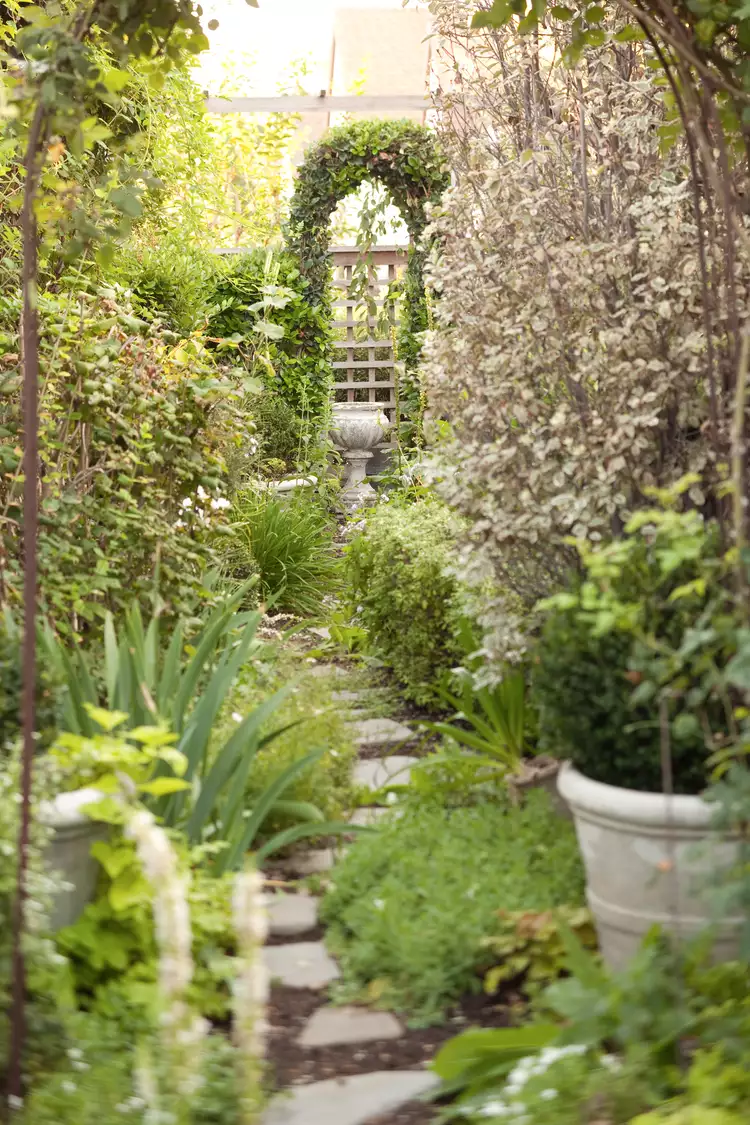When chaos gardening first burst into popularity on TikTok, it amassed more than 13 billion views. This fun and carefree approach to gardening is about letting go of the strict rules that come along with gardening and letting mother nature do the work instead.
This gardening trend isn’t limited to only TikTok gardeners; it’s also gotten the attention of professional gardeners, with the trend receiving honorable mentions at the 2023 Royal Horticultural Society Chelsea Flower Show in May, 2023. Here’s what you need to know about this viral online trend, plus some things to keep in mind before you start your own chaos garden.
What is chaos gardening?
Chaos gardening is exactly what it sounds like—a haphazard and laid-back approach to gardening in which rules and meticulous garden planning are thrown out the window. Simply gather up any leftover seed packets you have (or buy some new ones), and throw the seeds around in the garden to see what takes. The result is a natural-looking garden that teems with life and plenty of variety. Plus, if you find the process of planning a garden and sowing seeds stressful, chaos gardening saves you lots of time and effort.
This laissez-faire approach to seeding a garden can be used with any type of plant, including flowers, fruits, vegetables, and grasses, which sets it apart from similar trends such as meadowscaping. You can choose to turn your entire yard into a wild and wonderful chaos garden or just keep the chaos contained to a few beds. The trick is to let go of expectations and allow mother nature to do its thing. Inevitably, some plants will thrive and some might not fare as well.
TikTok user Meg Grows Plants (@meggrowsplants) uses chaos gardening to grow carrots in her gardens every year, which she says results in a far more bountiful harvest than when she used to spend time sowing them carefully.
“Chaos gardening, I also call it intuitive gardening or instinctive gardening, is just taking the stress out of gardening and putting the fun back in there, which is how gardening is supposed to be in my opinion,” she says in one of her videos.
In this TikTok video, which has racked up almost 900k views and 120k likes, she demonstrates how she seeds her carrot plants by haphazardly throwing the seeds throughout her garden every few weeks. The carrot plants act as fillers in her existing garden beds, and she is left with a constant harvest of delicious carrots throughout the summer. She also uses chaos gardening to start plants like lettuce, cilantro, pumpkins, leeks, and potatoes.
Considerations for Chaos Gardening
While chaos gardening is all about letting go of the rules, a few things are still good to keep in mind.
Location
Like most gardens, the best spot for a chaos garden is a spot that gets plenty of sunlight. That’s not to say you can’t make it work in a shady location, but then you'll have to choose plants that survive in the shade. Since most vegetables and wildflowers require several hours of direct sunlight, a sunny spot is a great place to start. Decide how big you want your garden, whether you will keep it confined to beds or let it spread wild, and if you prefer to start it in the front or back yard.
Soil Quality
The soil quality is also important to keep in mind since most seedlings need rich, well-draining soil to sprout and survive. If the soil in your yard is overly rocky or has a lot of clay, mix in some fresh garden soil before you begin seeding your chaos garden.
Plant Selection
The types of plants you choose for your chaos garden play a role in its longevity and the amount of maintenance it needs. Choosing native plants, for example, results in a long-lasting garden that is not only low-maintenance but also eco-friendly. If you opt for fruits and vegetables, you must reseed the garden and maintain the plants more frequently.
Becoming familiar with companion planting is also important. Choosing annuals gives you a beautiful garden for a season, but you must completely start over the next year. Avoid plants that are considered invasive in your area. There are no right or wrong choices when it comes to your plant selection; just be sure to choose plants that align with your vision for the space.
Maintenance
As you might expect, maintenance is minimal in chaos gardening. However, if you want your garden to thrive, a small amount of maintenance is necessary, particularly if it's your first year. For example, the seeds need to be watered regularly after they are sown to help them sprout. After the seedlings begin growing, you may need to thin them slightly to prevent overcrowding, especially since you never know exactly how many seeds will take at a time. After the garden is established and the plants begin naturally reseeding, you may find yourself doing less and less work as the years go on.
Local Regulations
It’s always a good idea to read up on your local garden regulations, particularly if you want to create a chaos garden in your front yard. Some municipalities have rules about whether fruits and vegetables can be planted in front yard gardens, maximum plant height, and overall tidiness and appearance of front yard gardens. If you have a homeowners association (HOA), these rules may be even more strict. This doesn’t mean you can’t practice chaos gardening, but you may need to get creative about doing it within existing garden beds rather than transforming your entire yard into a chaotic wildflower wilderness.




















